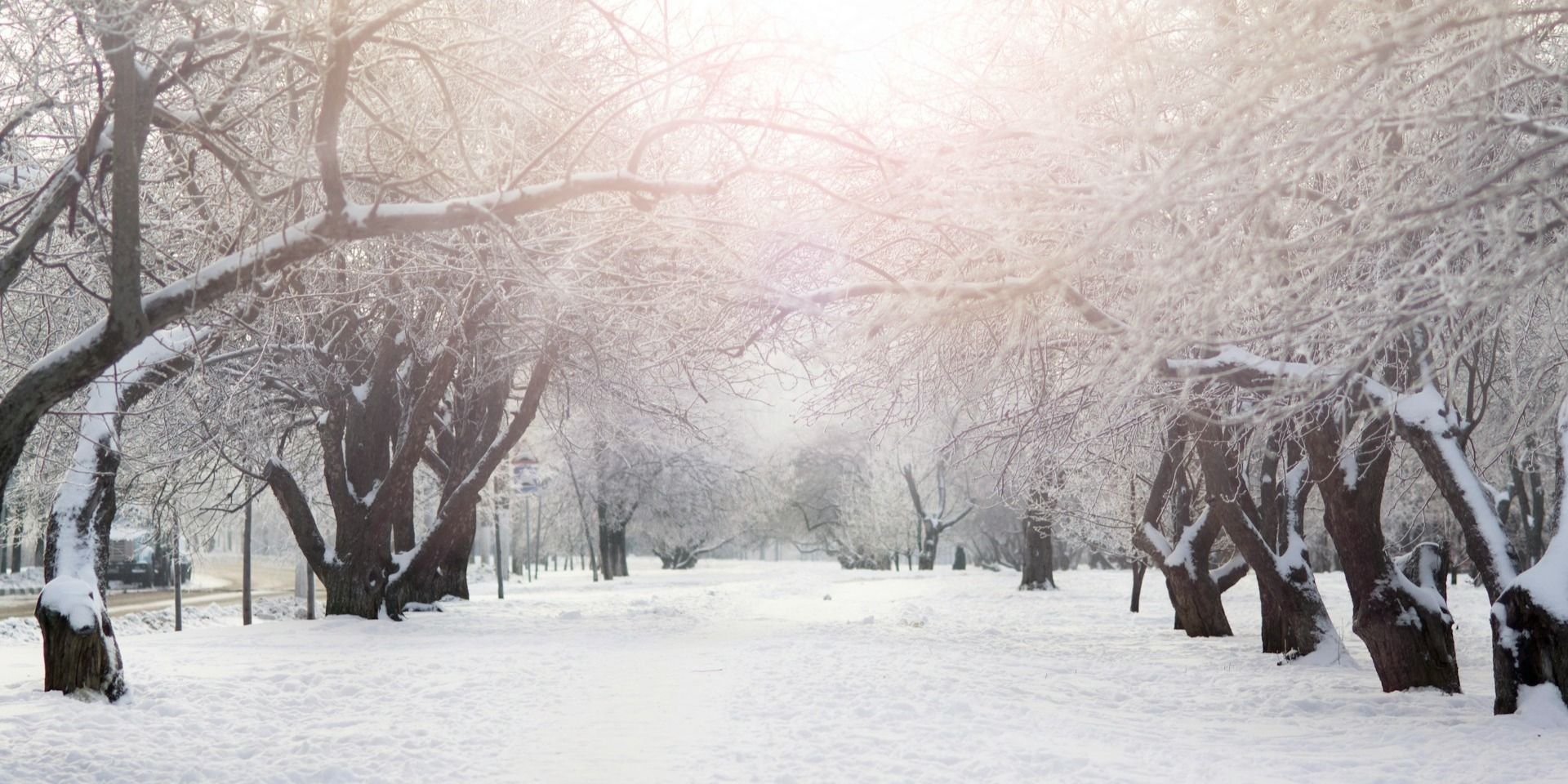Winter Burials – How Do They Work?

As the days grow colder, families may wonder what happens if a loved one passes during the winter months—when the ground is frozen and weather conditions can be unpredictable. Fortunately, with today’s technology and planning, a meaningful funeral and burial can still take place, even in the heart of winter.
If you're considering pre-planning or just want to be prepared, here are some important things to know about winter burial practices:
Cremation
Cremation is one of the most flexible options. A loved one’s ashes can be kept, scattered, or buried at any time of year. If burial is preferred, families can still choose a winter date or wait until warmer weather.
Cold Storage
If burial needs to be delayed, funeral homes can provide temporary cold storage until the ground thaws. This allows families time to gather, plan, and honor final wishes. Typically, cold storage lasts less than two weeks.
Winter Burial Is Possible
Many funeral homes and cemeteries are equipped for winter burials. Specialized equipment like backhoes, propane-powered thawing machines, electric heaters, and even bags of charcoal are used to soften the frozen ground. While this may add time or cost, it ensures burials can still happen in colder conditions.
Things to Consider:
Safety: Organizers may lay carpet runners or apply salt to walkways to help with traction at the gravesite.
Weather: Heavy snow or ice can affect travel or comfort, so be flexible and communicate clearly with guests.
Timing: Some families choose to hold a service right away and plan a graveside committal for spring.
Having a plan in place—whether it’s cremation, cold storage, or a winter burial—can offer peace of mind and help alleviate decision-making during an emotional time.
If you’d like help pre-planning or have questions about winter services, our team is here to support you every step of the way. Give us a call or send us a message—we’re happy to guide you through the options.